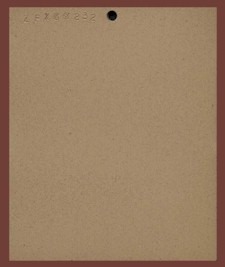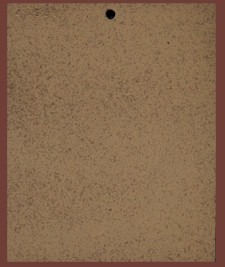AMS-M-45202
The HAE anodic coating is named after its inventor, Harry A. Evangelides, who patented the coating in 1952. The coating is applied with alternating current. The electrolyte used to apply the coating is comprised of potassium permanganate, potassium fluoride, trisodium phosphate, potassium hydroxide and aluminum hydroxide. This is a very high alkaline solution with a pH of approximately 14 and should be operated between 70o and 86o F. The coating has no inherent salt spray resistance. On test plates made from alloys such as ZE41A, corrosion sites can be seen in as little as 48 hours when exposed to salt spray per ASTM B117. HAE does provide good paint adhesion with the exception of migration from a scribe in salt spray. Corrosion can easily migrate in the very porous HAE structure, even tunneling under the paint.
The HAE coating can be applied as thin as 0.20 mil or as thick as 3.0 mil. The color of the HAE coating varies between light tan and dark brown depending upon coating thickness.

HAE Type I
AMS-M-4502 Type I Grade 1
Tan
Coating Thickness 0.41 mil
ZE41A Test Plate
HAE Type II
AMS-M-4502 Type II Grade 1
Dark Brown
Coating Thickness 0.84 mil
ZE41A Test Plate